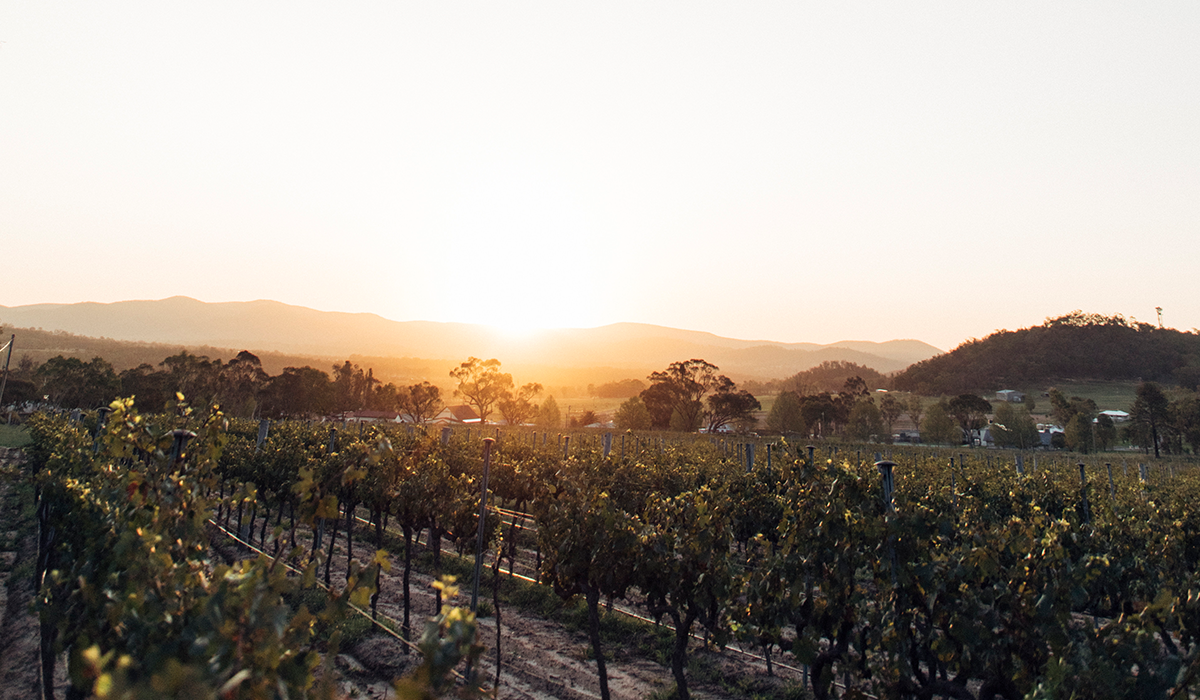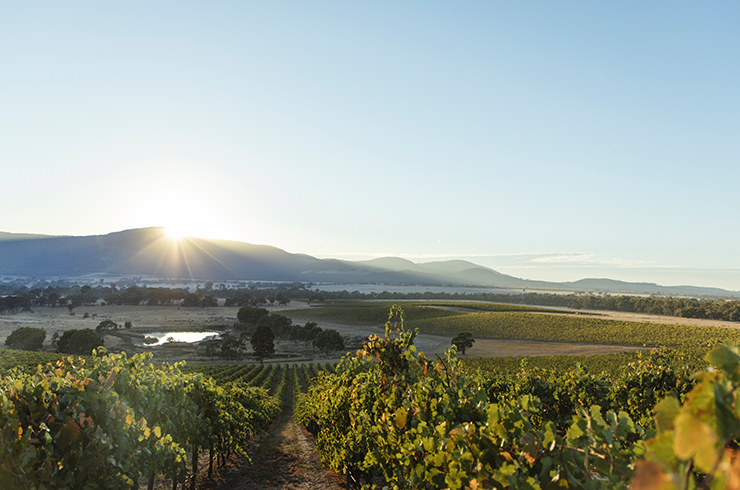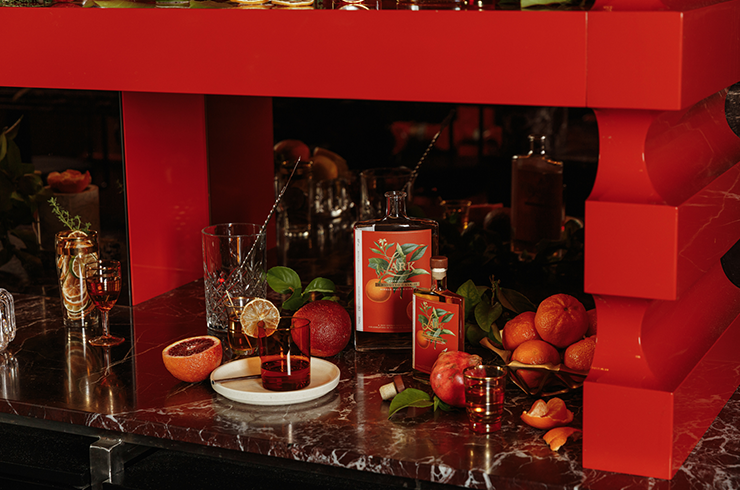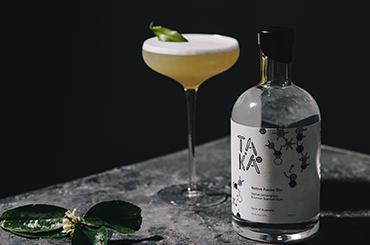Granite Belt is an area that defies most of the visuals of tropical-fruit growing Queensland, eschewing the palm tree paradise and beach-laced coastlines for more of an authentic Aussie outback appearance. Indeed, on my first visits to the region it felt more kindred with northern Victoria, offering outcroppings of huge (granite of course) boulders, undulating hillsides, thickets of native bush and an alpine country visage.
Despite the fact that most of the wine region is set at 800 metres above sea level, with vineyards stretching to over 1000 metres up high, the region manages to mitigate most of the sub-tropical climate more typically associated with the location.
During winter, sub-zero temperatures and snow are an occurrence, with spring frosts following, and higher summer temperatures mitigated by monsoon influences and late season rainfall. The growing conditions are as unique as the location and strong granitic soil profile, contributing to distinct and intriguing wines.

The region saw its first grape plantings in the 19th century, though the modern incarnation of wine growing coincided with the influx of Italian immigrants after both World Wars. From the 1970s to the early 1990s the number of wine producers grew to around 20, each with an uncanny interest in diversity of grape varieties.
Alongside noble varieties of shiraz, cabernet sauvignon, merlot and chardonnay, along with viognier and verdelho, the region has more recently exploded with lesser-known grape plantings. Mediterranean varieties such as nero d’Avola, fiano and albariño sit together with emerging vineyards of tempranillo, graciano, tannat, nebbiolo, petit verdot and saperavi. Today, an astonishing mix of grapes are on hand for local winemakers, with some 60 different varieties dotting the landscape of the region.
What has resonated with me across multiple visits to the region has been the pursuit of Granite Belt’s own distinction. Winemakers seem comfortable in their own quarry, releasing wines that feel distinguished for local character with a backdrop of alternative varieties and styles at their disposal.
While shiraz is unique, and perhaps results in some of the region’s most serious wine releases each year, it is known for being hyper peppery and spicy at times, a tendency to lean into medium weight, with firm, dare we say granitic-minerally tannins, and an array of dark fruit and nutty savouriness as hallmarks. The overall standard of shiraz is seemingly high, with winemakers letting the fruit talk over excessive winemaking edifice.

Cabernet and merlot seem at odds in the region, by and large, with many examples showing overt ripeness, or indeed excessive herbal characters, and a tendency to over-oak most of the wines from these varieties (and blends).
Italian-origin grape varieties are decidedly exciting as a proposition in Granite Belt, with winemakers tending to do less with their fruit, and express more clearly the inherent personalities of the berries. The best examples of sangiovese deliver savouriness and a come-hither drinkability, while nebbiolo can be robust and inky, but finds good tannin coverage and structure in the mix.
Barbera and nero d’Avola seem to deliver inimitable drinkability, red fruits, crunchy texture, vivaciousness and pleasingly, QLD-climate friendly chillable red wine styles. Tempranillo is a rising tide in the region, with a variety of styles on offer, from pretty, nouveau examples through to more serious, tannin-hewn styles.
While the red grape vanguard is strong in Granite Belt, white wines are not far behind. Verdelho and viognier are relatively well-established as ‘other whites’ that fare well from the region, with textural styles the norm, and some with judicious, lees-invoked savouriness. Not just tropical fruity, there’s seriousness in the cohorts of these varieties.

Fiano and vermentino seem to be strong contenders for ‘next best things’, with skittish, refreshing examples seen alongside those that show more currency with the varieties, offering grip to texture, savoury-nutty interplay and varietal significance. Some really delicious things being produced from this duo.
Pinot gris/grigio also finds various guises, though it’s the small allocations of romato-style, skin fermented examples that seem to excel amongst softer, less-texturally nuanced expressions. A cottage industry of orange wines seems to be emerging from Granite Belt with some slowly-slowly approaches, with some results polarising, amidst some very considered and excellent examples. Of course, the avant garde of the region aren’t immune to petillant naturel production either!
The region's vintners exhibit a commendable willingness to evolve and think outside the box, with some of Australia’s more exciting and distinct wines in tow. Granite Belt is such a wonderfully worthy exploration.
Image credit: Wine Australia.







